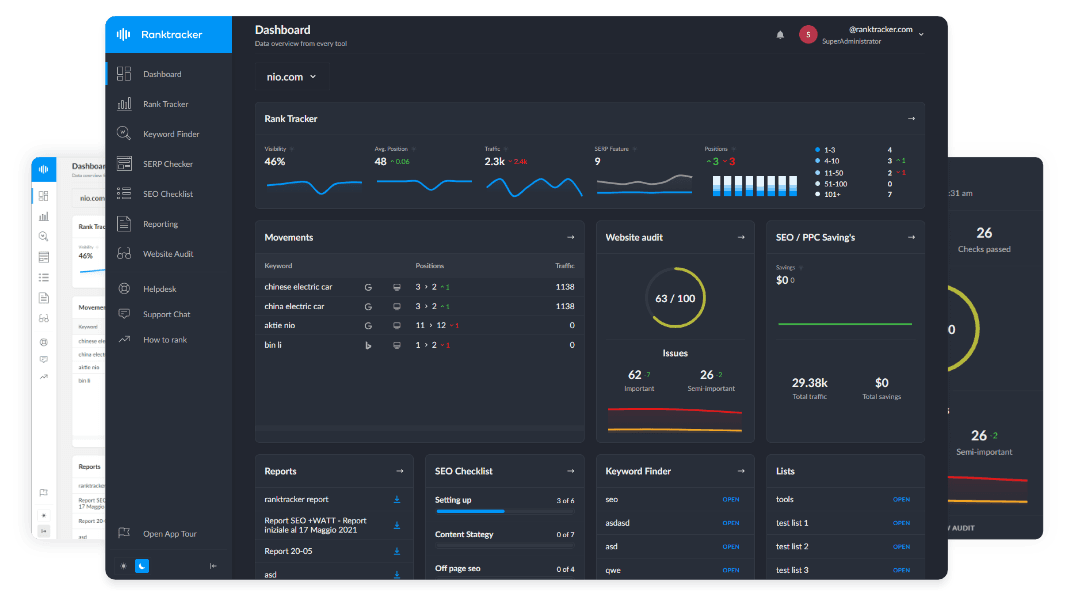Intro
A well-executed SEO campaign is unable to be successful without a solid technical foundation. Any company overlooks that search engine algorithms do not just scan text—northeastern highly scrutinize site function, organization, and how it is experienced by users. Investing in quality development is to have a site that is fast, secure, mobile-friendly, and is structured in a way that is easy for search engines to crawl and index. These factors have a direct impact on your SEO performance, so constructing is a function of your marketing ROI.
Companies that hire a team of developers familiar with SEO best practices are better positioned to avoid costly pitfalls such as broken links, sluggish performance, and poor mobile optimization—all of which drain search rankings and reduce conversions. According to a 2024 report by Statista, technically optimized websites have 43% more organic traffic than websites with outstanding technical issues. When high-quality development is the top concern, businesses do not just boost visibility but also enhance user satisfaction and conversion, leading to real financial returns.
What Does SEO ROI Actually Measure?
SEO ROI quantifies the financial return in proportion to how much you spend on SEO activities. As opposed to instant returns in paid advertising, SEO yields compounding returns, and measuring them appropriately is imperative. The basic KPIs include organic traffic growth, bounce rate, keyword rankings, and conversion rates. A survey by Search Engine Journal in the late months of 2024 reported that 60% of marketers had organic traffic as the best metric for measuring the success of SEO, but true ROI looks beyond—looking at customer lifetime value, as well as the cost of acquisition.
Why Quality Development Has an Immediate Impact on SEO ROI
Google's algorithms are designed to favor websites with seamless user experience. Technical aspects such as page speed, mobile responsiveness, and secure protocols (HTTPS) have become key ranking signals. To illustrate, Google's Core Web Vitals enhancement—which went fully into effect throughout early 2024—serves to ensure Largest Contentful Paint (LCP) and First Input Delay (FID) measurements heavily influence rankings.
Website Performance
A delay of one second in page load time can decrease conversion by 7%, according to Deloitte Digital's report in 2024. Outstanding development ensures your site meets performance benchmarks on a regular basis.
Crawlability and Indexing:
Technical SEO elements like XML sitemaps, canonical tags, and clean URL structures play a vital role in helping search engines understand your site. Poor implementation can lead to indexation issues that significantly limit visibility.
Security and Stability:
An unstable or insecure website will drive away visitors and decrease trust signals. HTTPS is now the bare minimum standard, and Google Chrome now marks HTTP sites as "Not Secure," directly influencing user behavior.
Content Delivery and Development: Two Sides of the Same Coin
No matter how great your content is, poor technical performance hinders its achievement. Non-Pass Core Web Vitals sites see their high-ranking content drop in SERPs irrespective of the quality. According to Semrush's 2024 SEO Trends Report, 72% of marketers saw the rankings skyrocket after investing in site development improvements as well as content optimization.
The Role of Developers in Maximizing SEO ROI
A good technical team does not only fix bugs—they proactively optimize code, optimize database queries, and construct SEO-friendly frameworks. When you hire a team of developers who are SEO-enabled, they ensure that all content is technically supported to perform at its best. Their work includes:
- Implementing schema markup for rich search results
- Optimizing images and media files for faster loading
- Ensuring mobile-first design for seamless UX
- Utilizing structured internal linking for enhanced crawlability
This integration of development-SEO is the basis for ROI at scale and sustainably.
Statistics that illustrate the impact
Consider the instance of an eCommerce company that invested $30,000 in redevelopment of their website to gain new levels of performance. The brand saw a 55% increase in organic traffic and a 32% jump in conversion rate within six months, translating into an additional $120,000 in revenue. Another research by Backlinko found that websites featured on the first page of Google take an average of 1.65 seconds to load—a clear indicator that technical performance is correlated with visibility and financial performance.
Dangers of Taking Shortcuts on Quality Development
Taking shortcuts on development translates into long-term losses. Common risks are:
- Indexation Problems: Poor site structure creates pages that search engines are unable to index properly.
- Increased Bounce Rates: Slow and insensitive websites irritate the user, creating high exit points.
- Algorithm Penalization: Failure to follow technical guidelines may result in penalty, harming ranks.
Calculating the ROI of Development-Oriented SEO
It's critical to monitor not only the output (traffic and rankings, for instance) but also the input (time, resources, and cost). Google Analytics 4, Search Console, and SEMrush's Site Audit are examples of tools that track technical KPIs and warn of bottlenecks before they damage ROI. Benchmarks need to be monitored quarterly to determine gains from improvement in development.
Conclusion
Quality development is not a backend indulgence—it's a frontline strategy for enhancing SEO ROI. Every detail, from page load speed to schema markup, contributes together to enhance both search engine visibility and user experience. By investing early and using a skilled team of developers, businesses lay the groundwork for measurable returns that persist well after initial campaigns are in motion. In an online world where technical correctness is increasingly prized, your development plan can quite readily be the solitary most important factor in determining your SEO success.

